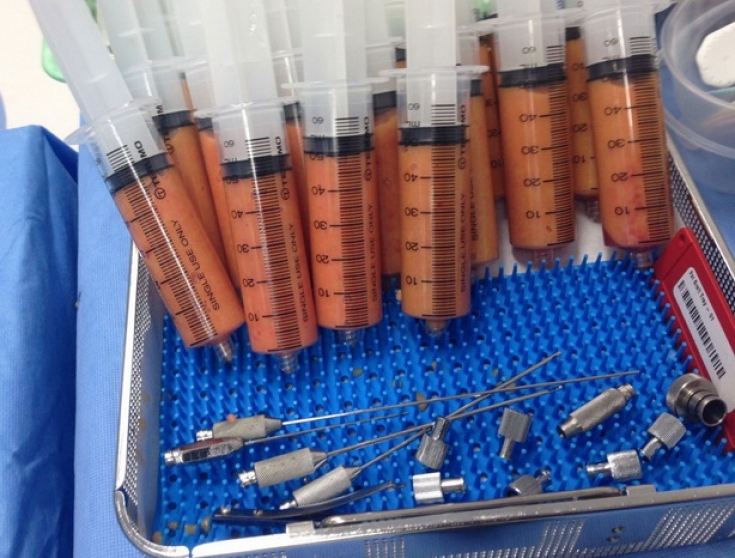Lipofilling is one of those types of operations that have a rich history of trial and error, unique ideas and interesting methods, – to which they return at each new stage in the development of science in order to try to practically apply new knowledge and discoveries in medicine to it and evaluate the effectiveness obtained.
Today, specialists performing lipofilling operations pay special attention to the quality of processing of adipose tissue that is planned to be transplanted, and try to find methods that will significantly increase the survival rate of fat cells.
The discussion about lipofilling on the Estet portal allowed many leading experts in this field of medicine to present their views on this operation and answer some of the most frequently asked questions about it.
Kadochnikov Sergey Valerievich, Candidate of Medical Sciences, Leading Plastic Surgeon of the Institute of Plastic Surgery "Virtus"
What are the most common questions from clients about lipofilling
S.K.: The most common questions clients ask about lipofilling are:
- How long will the effect of lipofilling last?
- Will the transplanted fatty tissue be absorbed and how quickly?
The degree of engraftment of the transplanted lipograft depends on the area of injection, on its volume and on the quality of the received lipograft. If we are talking about the face (zygomatic, buccal areas, the region of the eyelid-buccal junction), then the degree of engraftment is usually 40-50%.
But I use techniques that improve lipograft survival – it is its enrichment with platelet suspension or platelet lysate.
Lipofilling: everything you wanted to know about the method?
In addition, good processing of the lipograft, which reduces the number of damaged cells and stromal impurities, also improves the survival rate of the transplanted fat.
At the moment, the percentage of lipograft survival may well be up to 70-80%. The use of these techniques is possible due to the active interaction with the cell laboratory.

When do you recommend this procedure
S.K.: The main indications for lipofilling – volume loss. If we take into account the face, then these are the cheek-zygomatic regions, the periorbital zone, the upper and lower lips, the folds of the marionettes.
Lipofilling of the nasolabial folds: rejuvenation with own fat?
Lipotransplantation makes it possible to fill in the missing volumes well, although it does not allow correcting small mimic wrinkles. At the same time, it provides a stable effect, significantly exceeding the duration of the effect of the use of synthetic fillers.
I perform lipofilling of various parts of the body – face, chest, buttocks, shins, other places of depression, post-cicatricial deformities.
What other procedures and operations can or even be combined with lipofilling?
Most of my facial lifting surgeries are combined with fat injection. This, again, allows you to fill in the missing volume, get away from the effect of flattening the face during a facelift.
But the most important fact is that the introduction of adipose tissue allows you to activate tissue revascularization, i.e. significantly improve the blood flow in them, which ultimately increases the effect of the operation, makes the results better and more stable.
First-hand opinion: honestly about lipofilling?
If a repeated lipofilling procedure is planned, how soon can it be performed
SK: I recommend repeating lipofilling on the face 1.5-2.5 months after the first injection. If we are talking about the chest, buttocks, other areas of the body – not earlier than in 3-6 months.
What is the duration of the rehabilitation period after lipofilling? Necessary conditions that the patient must comply with?
Lipofilling: what knowledge about the procedure do we lack?
If the face lipofilling procedure is performed in isolation, then the rehabilitation period can be 2-4 days. If the procedure is performed simultaneously with a facelift, then the postoperative period is determined by the volume of the operation.
Source estet-portal.com







Add a comment